Dinner
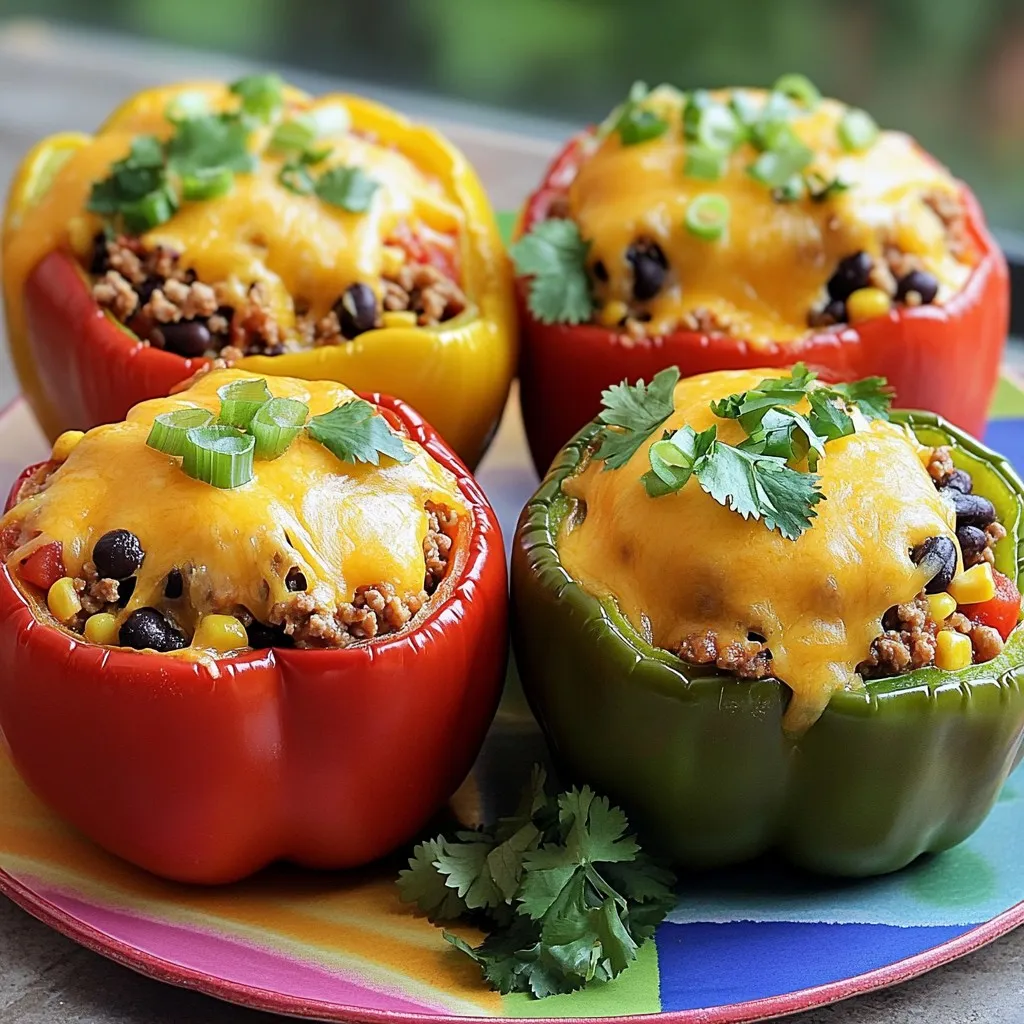
Cheesy Taco Stuffed Peppers Flavorful and Easy Recipe
If you’re looking for a fun and tasty meal, you’ve landed in the right place! I’ll show you how to make Cheesy Taco Stuffed Peppers

Maple Glazed Chicken Drumsticks Savory Slow Cooker Recipe
If you crave a sweet and savory dish that’s simple to prepare, you’re in for a treat! My Maple Glazed Chicken Drumsticks recipe in the

Buffalo Cauliflower Tacos Air Fryer Crunchy Delight
Are you ready for a tasty twist on taco night? Buffalo Cauliflower Tacos made in an air fryer are here to bring some crunch and
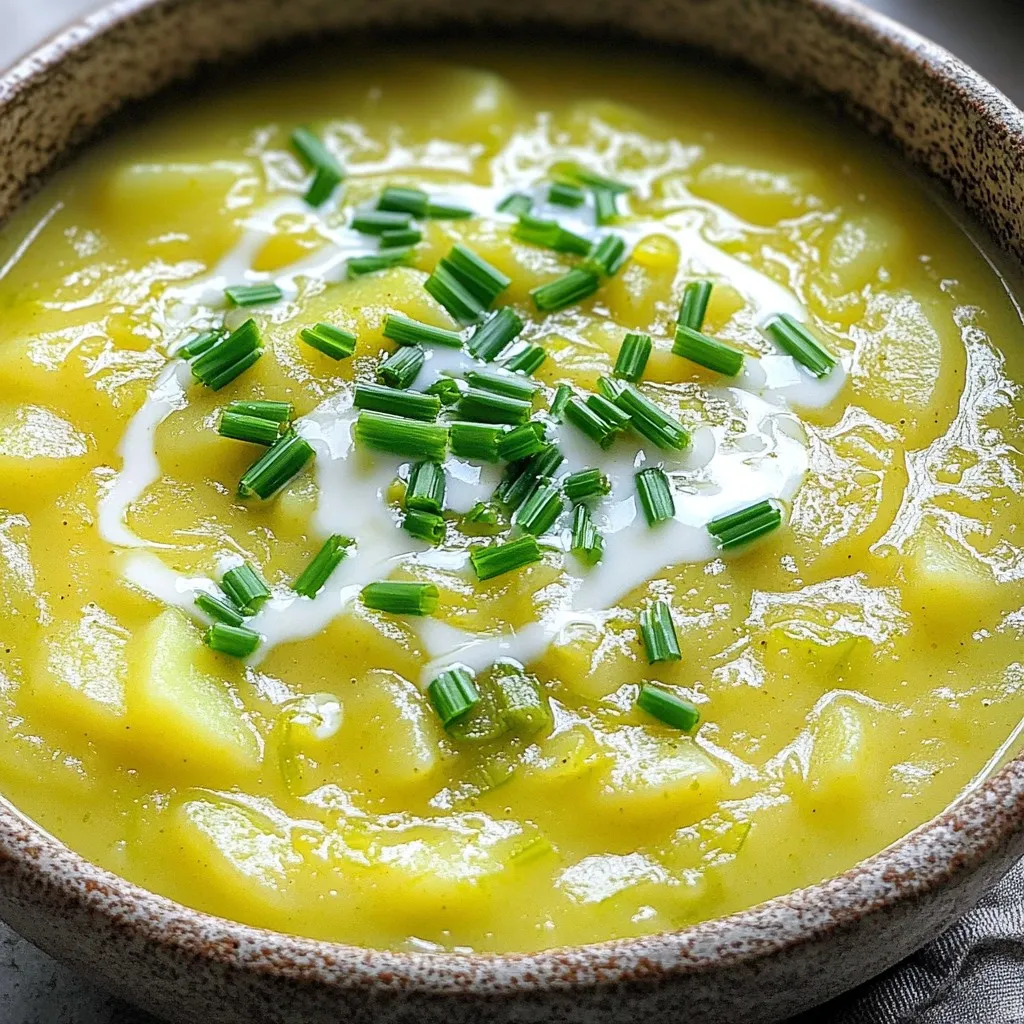
Slow Cooker Potato Leek Soup Hearty and Comforting Dish
Are you ready to warm up with a bowl of comfort? Slow Cooker Potato Leek Soup is hearty, creamy, and packed with flavor. Not only
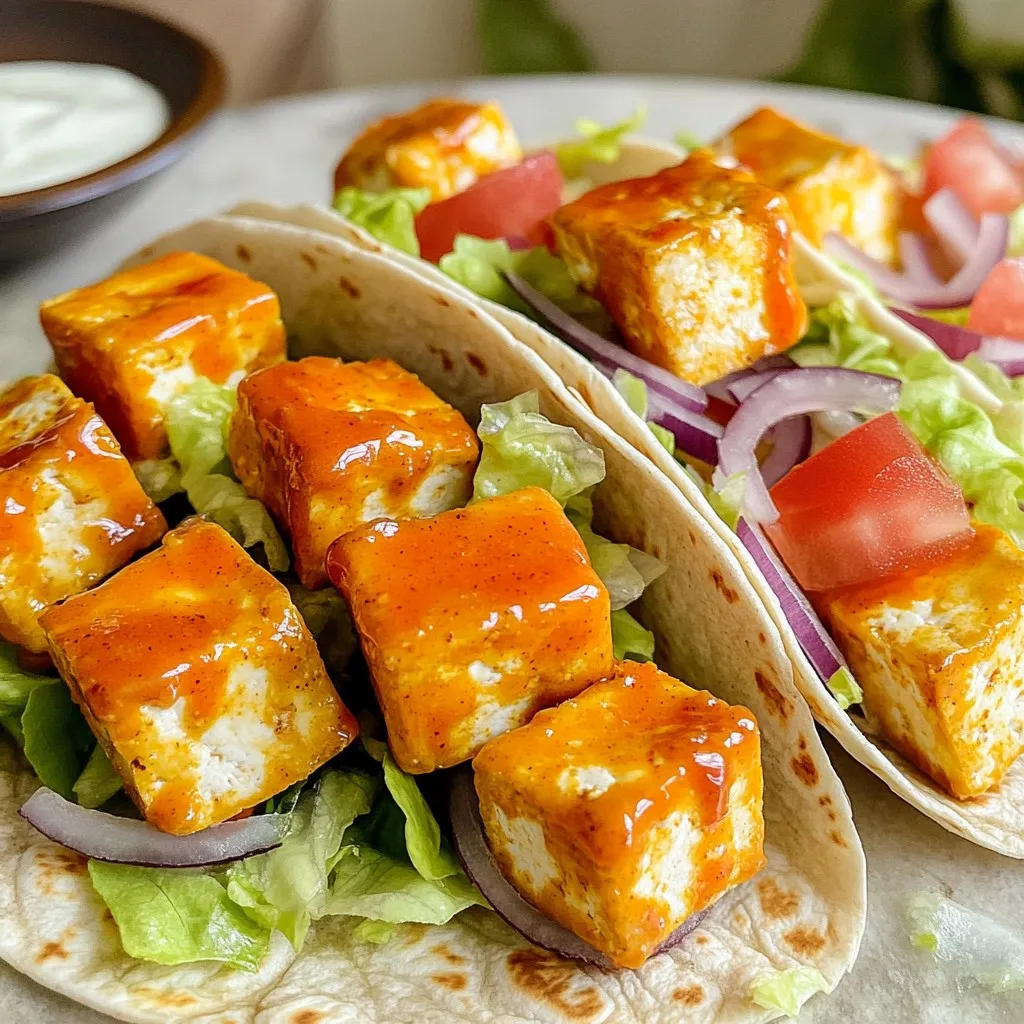
Air Fryer Buffalo Tofu Wraps Flavorful and Easy Meal
Craving a tasty meal that’s easy to whip up? Try my Air Fryer Buffalo Tofu Wraps! This dish combines crispy tofu with zesty buffalo sauce,
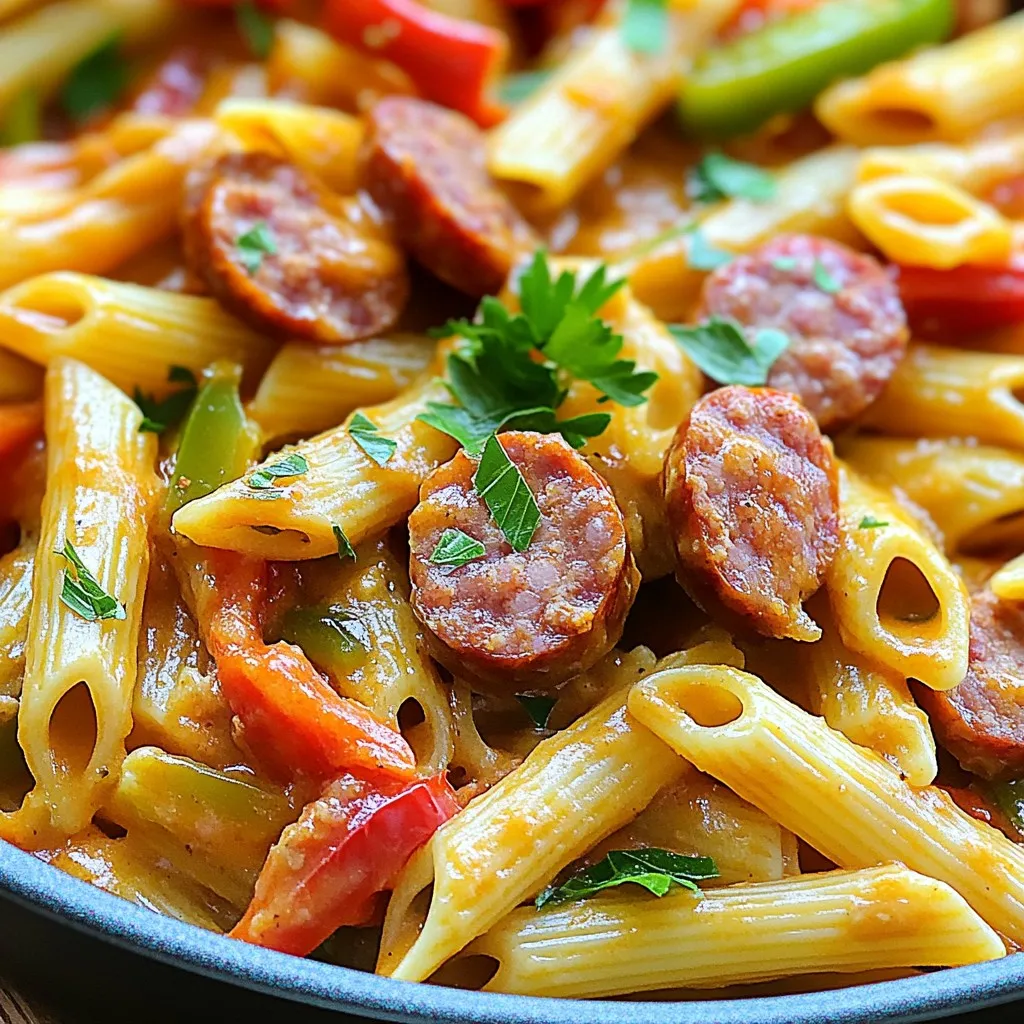
One-Pot Cajun Sausage Pasta Flavorful Dinner Delight
Looking for a quick, tasty dinner that packs a punch? This One-Pot Cajun Sausage Pasta is your answer! With just a few simple ingredients, you

Slow Cooker Creamy Garlic Mash Simple and Savory Dish
Welcome to the creamy comfort of Slow Cooker Creamy Garlic Mash! If you crave a dish that’s rich, smooth, and bursting with flavor, you’re in
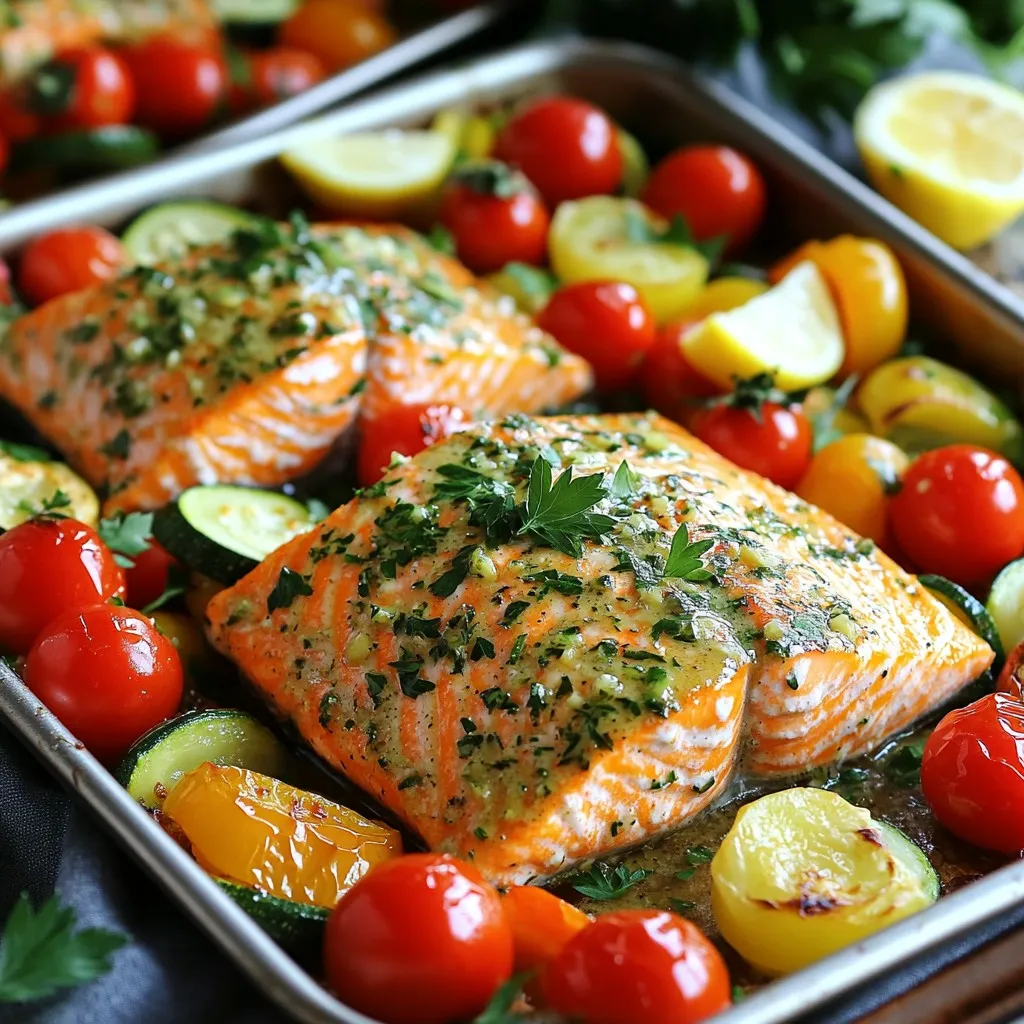
Sheet Pan Garlic Herb Salmon & Veggies Delight
Are you ready to elevate your dinner game? This Sheet Pan Garlic Herb Salmon & Veggies Delight is a dream come true for busy cooks.
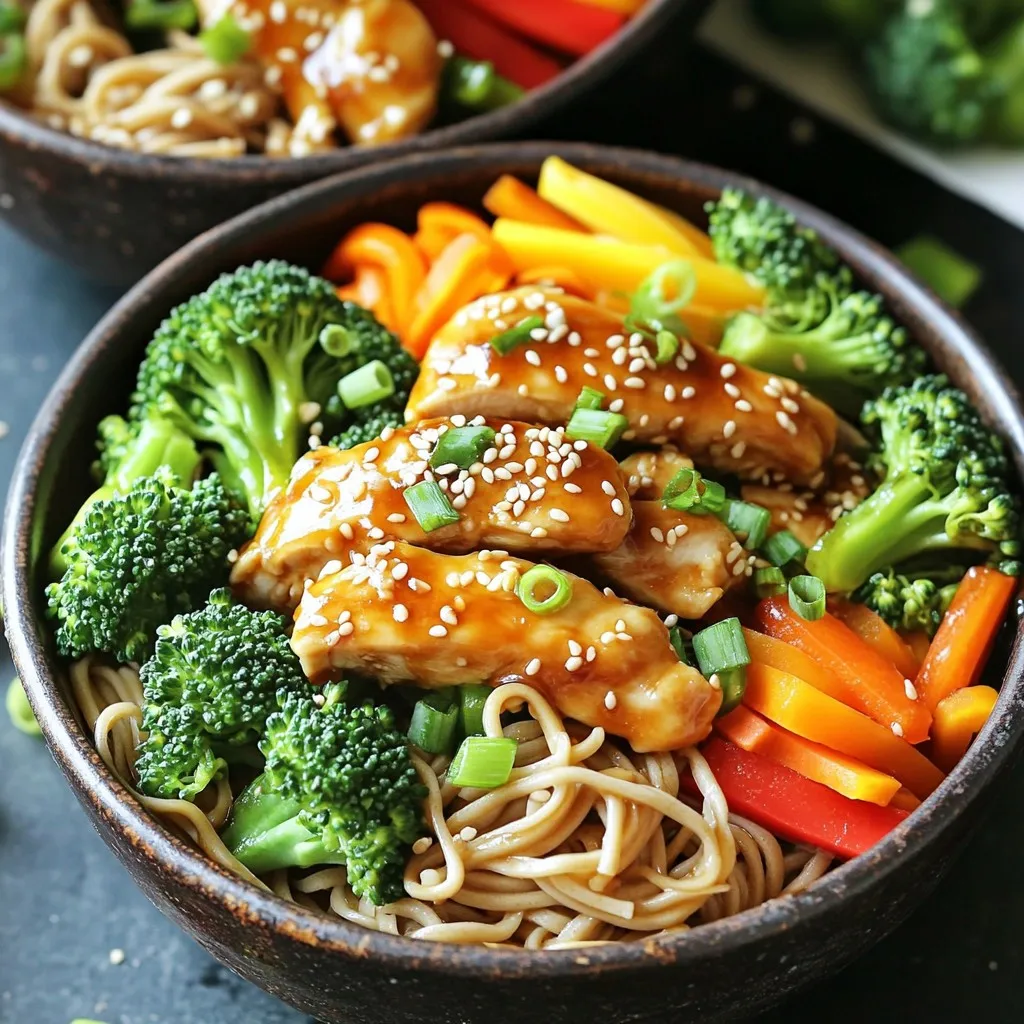
Teriyaki Chicken Noodle Bowls Tasty and Quick Meal
Craving a quick and delicious meal? Teriyaki Chicken Noodle Bowls might be your new favorite dish! This simple recipe packs flavor, color, and nutrients, all

Better Than Takeout Garlic Butter Fried Rice Recipe
Tired of takeout? You can make a delicious Garlic Butter Fried Rice at home that’s even better! With just a few simple ingredients like jasmine